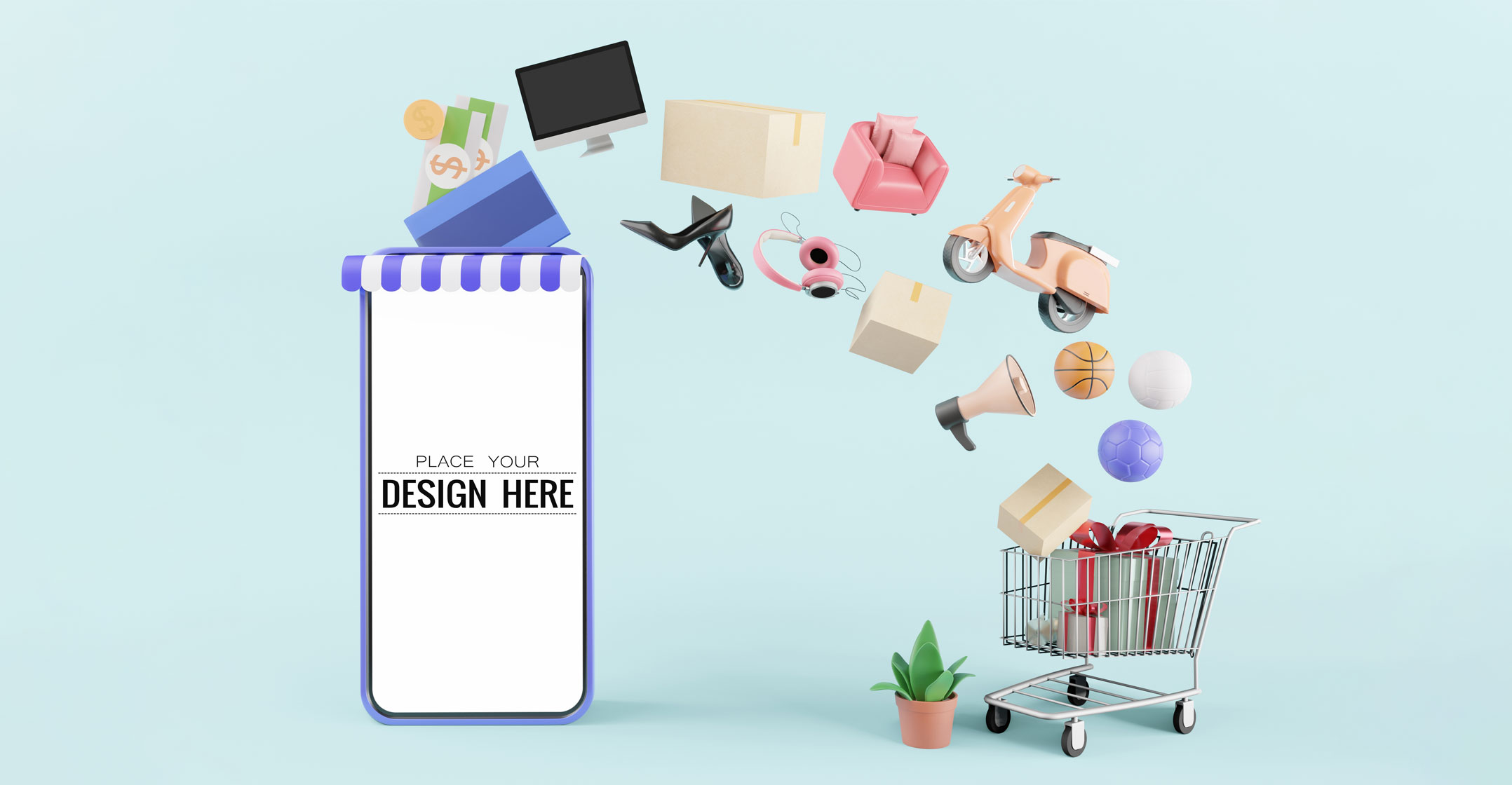 Despite the technological advances in understanding online shopping behaviour, we can’t read consumers’ minds. We can, however, understand emerging trends to help us preempt what consumers want from an e-commerce experience.
Despite the technological advances in understanding online shopping behaviour, we can’t read consumers’ minds. We can, however, understand emerging trends to help us preempt what consumers want from an e-commerce experience.
Despite the fact that trends do change, there are certain basics that online customers expect to see when they navigate to any e-commerce website. In 2021, with the online retail market more than doubling in South Africa over the last two years, it’s more important than ever to match customer expectations from the outset, says Thomas Vollrath, CEO of 1-grid.
If you’re building your first e-commerce website, here are the top five customer expectations you need to factor into your process:
1. Simple design
It’s all too easy to get carried away in crafting a beautifully designed website filled with images and videos, but if a user can’t find the wood for the trees, how successful has your creative design been?
When it comes to e-commerce, less is always more, and customers need an uncluttered space to understand what you offer and whether you’re worth purchasing from. They expect to land on your website and know exactly who you are as a brand and how valuable you might be to them.
Choose high-quality images and well thought-out copy, but implement it in a way that grabs the user’s attention immediately. Don’t make them wander around your homepage figuring out where to start.
2. Fast page speed
Having quick page loading times isn’t just a nice feature for customers; they expect your content to be delivered to them within seconds of clicking on your link. In a country where mobile is king, customers don’t want to spend time patiently waiting for a page to load, all while they’re using up their precious data on their way to or from work.
Fast page-loading times lead to an improved user experience, and ultimately affect your bottom line. According to Google, as a page’s load time increases from one to 10 seconds, the chance of the user leaving the page increases by 123%.
3. Easy product navigation and search
Don’t expect users to stick around if they can’t find the product they’re looking for within a few seconds. They want to land on a page, see a clear tab or heading to click on, and go from there. As with design, the trick is to stick to simplicity — or risk overwhelming the user. Opt for one-word headings, a simple layout and a clear search box at the top of the page.
If you’re unsure if your product navigation and search is as simple as it could be, ask a few willing users to test it before you go live. It can be tricky trying to be in the mind of the seller and the buyer at the same time.
4. Quick but secure transactions
South African consumers are now very familiar with the online checkout process and expect it to be quick and secure. A poor transaction process online can make or break a customer’s experience, so it’s important to take the time to get it right.
Apart from integrating a secure third-party payment process into your website that will do most of the hard work for you, there are a few steps you can take to make the customer’s life easier:
- Be upfront with shipping costs to avoid customers getting a fright when they reach checkout;
- Offer multiple payment methods to cater to a variety of consumer needs; and
- Don’t force users to create an account to make a purchase.
5. Transaction and delivery updates
Customers expect to be updated on their order every step of the way. Will their product arrive in one day? Or does it have to be shipped from another province and arrive in a week? After their initial “transaction completed” notification, it’s important to put automated delivery update notifications in place.
If your business is still too small to warrant setting up a string of automated mails, remember to keep your customers in the loop regarding their order. Whether it’s an e-mail, SMS or WhatsApp message.
While there are many ways to offer a positive user experience with your e-commerce website, these basics will help you launch your e-commerce store on the right foot, and hopefully win over more and more customers.
- This promoted content was paid for by the party concerned




